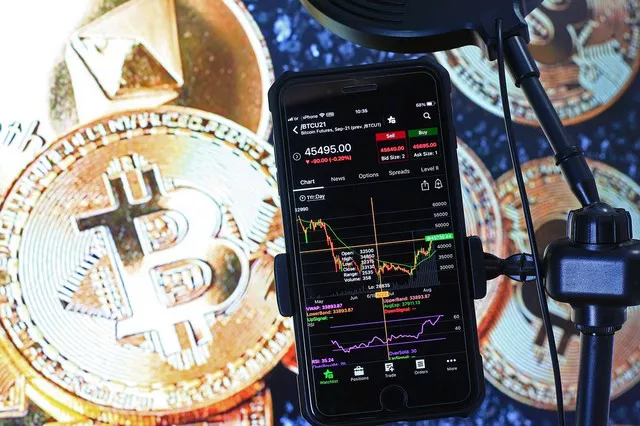In the fast-paced realm of financial markets, timing is everything. The advent of technology has transformed the way we access information and make trading decisions. Stock index futures, a crucial component of modern trading, offer real-time insights into market trends and movements.
Understanding Stock Index Futures
Stock index futures are derivative contracts that allow traders to speculate on the future price movements of a specific stock index, such as the S&P 500 or Nasdaq 100. These contracts provide an avenue for investors to gain exposure to the overall performance of a group of stocks without owning the underlying assets. Futures contracts obligate the parties involved to buy or sell an asset at a predetermined price on a specified future date.
The Significance of Real-Time Data
Real-time data in stock index futures is a game-changer for traders. It provides immediate access to the latest market information, allowing investors to make informed decisions promptly. Real-time data encompasses live price quotes, bid and ask sizes, trading volumes, and market depth. With the integration of technology, traders can track and analyze this data in real time, thereby enhancing their ability to respond swiftly to market changes.
Mechanics of Real-Time Stock Index Futures
Real-time stock index futures involve continuous updates of information related to futures contracts. Traders receive instant notifications when prices change, enabling them to execute orders rapidly. This real-time data is provided by exchanges and trading platforms, allowing traders to stay connected to the latest market developments.
Tools for Real-Time Tracking
Several tools facilitate real-time tracking of stock index futures:
1. Trading Platforms: Online trading platforms offer real-time charts, quotes, and order execution capabilities. These platforms often provide customizable features that allow traders to set up their preferred layouts and indicators.
2. Market Data Services: Market data providers offer real-time feeds that include price quotes, trading volumes, and other relevant data. Traders can subscribe to these services to receive continuous updates.
3. Mobile Apps: Mobile trading apps provide real-time access to market data on smartphones and tablets, enabling traders to monitor futures markets on the go.
4. Financial News Websites: Financial news websites and terminals offer real-time market updates, analysis, and commentary, helping traders make informed decisions based on the latest developments.
Real-Time Data and Technical Analysis
Real-time data is invaluable for conducting technical analysis in stock index futures trading:
1. Candlestick Patterns: Traders can identify and respond to candlestick patterns as they form, allowing for quicker decision-making.
2. Moving Averages: Real-time moving averages help traders determine trends and potential support or resistance levels.
3. Oscillators: Oscillators, such as the Relative Strength Index (RSI) and Stochastic Oscillator, can be monitored in real time to identify overbought or oversold conditions.
4. Volume Analysis: Real-time volume data provides insights into the strength of market moves and potential trend reversals.
Utilizing Real-Time Insights for Strategies
Leveraging real-time data in stock index futures trading requires strategic approaches:
1. Scalping: Traders can use real-time data to capitalize on short-term price movements through scalping strategies. Quick execution and tight risk management are essential.
2. Day Trading: Real-time data is vital for day traders who aim to capitalize on intraday price fluctuations. Timely decision-making is critical for success.
3. Swing Trading: Swing traders can benefit from real-time data to enter and exit positions based on short- to medium-term trends.
4. News Trading: Real-time market news and economic data releases can prompt rapid price movements. Traders can capitalize on these events through news trading strategies.
Risk Management in Real Time
Effective risk management is paramount when using real-time data for stock index futures trading:
1. Setting Stop-Loss Orders: Traders should set stop-loss orders to limit potential losses in case the market moves against their positions.
2. Avoiding Overleveraging: Real-time data can lead to impulsive decisions. Traders should avoid overleveraging and maintain discipline in position sizing.
3. Managing Emotions: Rapid market movements can trigger emotional responses. Staying calm and adhering to a well-defined trading plan is essential.
4. Diversification: Diversifying across different assets can help manage risk exposure and reduce the impact of adverse market moves.
Conclusion
Real-time data has revolutionized the way traders approach stock index futures, providing instant insights and enabling rapid decision-making. The ability to track live prices, volumes, and market depth empowers traders to stay ahead of market trends and capitalize on opportunities as they arise. By integrating real-time data with effective trading strategies and disciplined risk management, traders can navigate the complexities of stock index futures trading with confidence, striving for success in this dynamic and competitive landscape.

